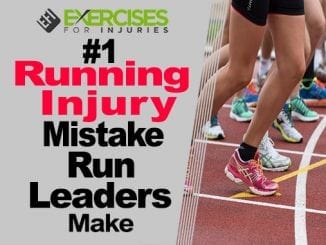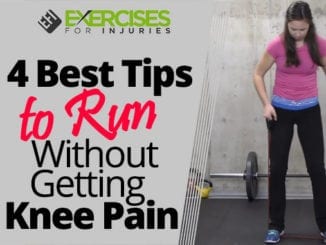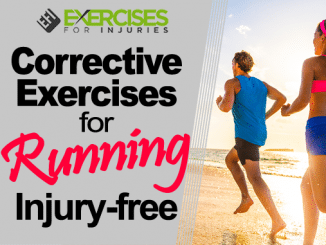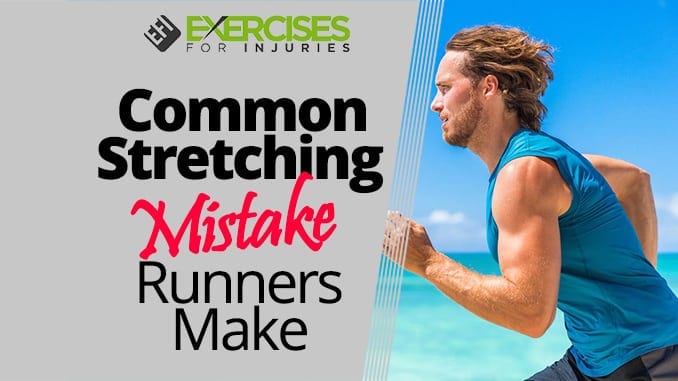
Stretching is one of those essential habits that’s easy to overlook, but there are common stretching mistakes runners make.
Most people who stretch do it incorrectly. To get the most out of your stretching routine, you need to know the right way to do it.
You can get much more out of your routine if you know how to do it correctly. In this post, we have laid out some of the most common stretching mistakes that people make and how you can correct them. With these tips, you can get the most out of your routine and ensure you get the most out of your stretches.
This blog specifically targets runners, but the program applies to anyone who performs calf stretches.
~ Rick
One fantastic little point was presented in the Injury-Free Running course, which I just finished.
CLICK HERE to watch the video a Common Stretch Mistake Runners Make
We looked at a student’s running performance by observing her running. Then, we assessed her range of motion, functional, and core strength. After that, we began to develop a corrective exercise routine then.
During the gastric stretch, we noticed that she didn’t experience the stretch at all when we initially did the gastroc stretch, even though her assessment showed that it was tight.
I see this a lot with clients.
The ankle frequently uses toeing out as a compensatory technique to achieve a wider range of motion in dorsiflexion. The runner avoids stretching the necessary portion of the calf thanks to this compensation (the lateral head of the calf). Many people who extend their calves exhibit this, especially runners.
They will not experience any stretch while performing the gastroc stretch that they usually do.
Common Stretching Mistake
Don’t Overstretch and Incorrectly Shake Your Body
One common stretching mistake is when you overstretch and incorrectly shake your body. When you’re in a stretch position, your muscles should be relaxed. You should not be shimmying or moving your hips or legs to increase the stretch. If you find yourself doing this, you’re overstretching and should reduce the intensity of the stretch. Stretching is supposed to be relaxing, so there should be nothing vigorous about it. If you’re feeling yourself shaking to increase the stretch, you’re doing it wrong and should stop immediately.
Here is the Stretch:
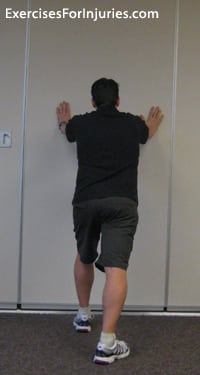
Normal Calf Stretch – with right foot toed out. |
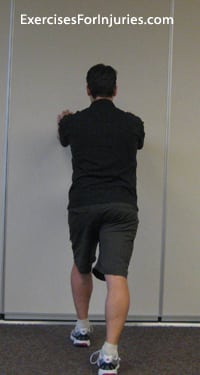
Right Foot Straight Ahead – This will target the calf for many people. I start by ensuring that their back foot is pointed directly forward to correct them. |
Many people have tight lateral gastroc muscles that need to be stretched. The other approach to maximize the stretch on the lateral gastroc and focus on it is to have them separate the heel. This will focus more on the lateral gastroc muscles, and they will often get a better calf stretch.
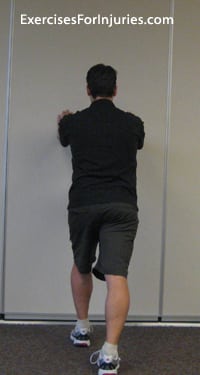
Toe-In: Do an internal hip rotation while concentrating more on the lateral calf. This will result in a stronger stretch for many people. |
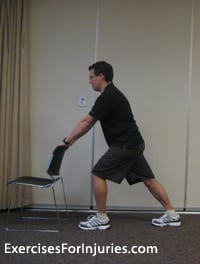
Side View of the Toe In Stretch – The body is in a straight line with no rotation at the back knee. |
And that’s all, go and give it a try.
Note that the initial step is to correct the client and move the foot, so the toe is directly in front of them. You then receive feedback from your client to see if this adjustment improves the stretch. You can rotate at the hip to move the foot in if there is still no stretch. This will increase the stretch’s effectiveness.
I designed the Corrective Exercises for Running Injury-free program to balance out the body to assist with running.
I am aware that knowing what’s wrong with the majority of stretches is a huge assistance for runners.
Thanks.
Rick Kaselj, MS


